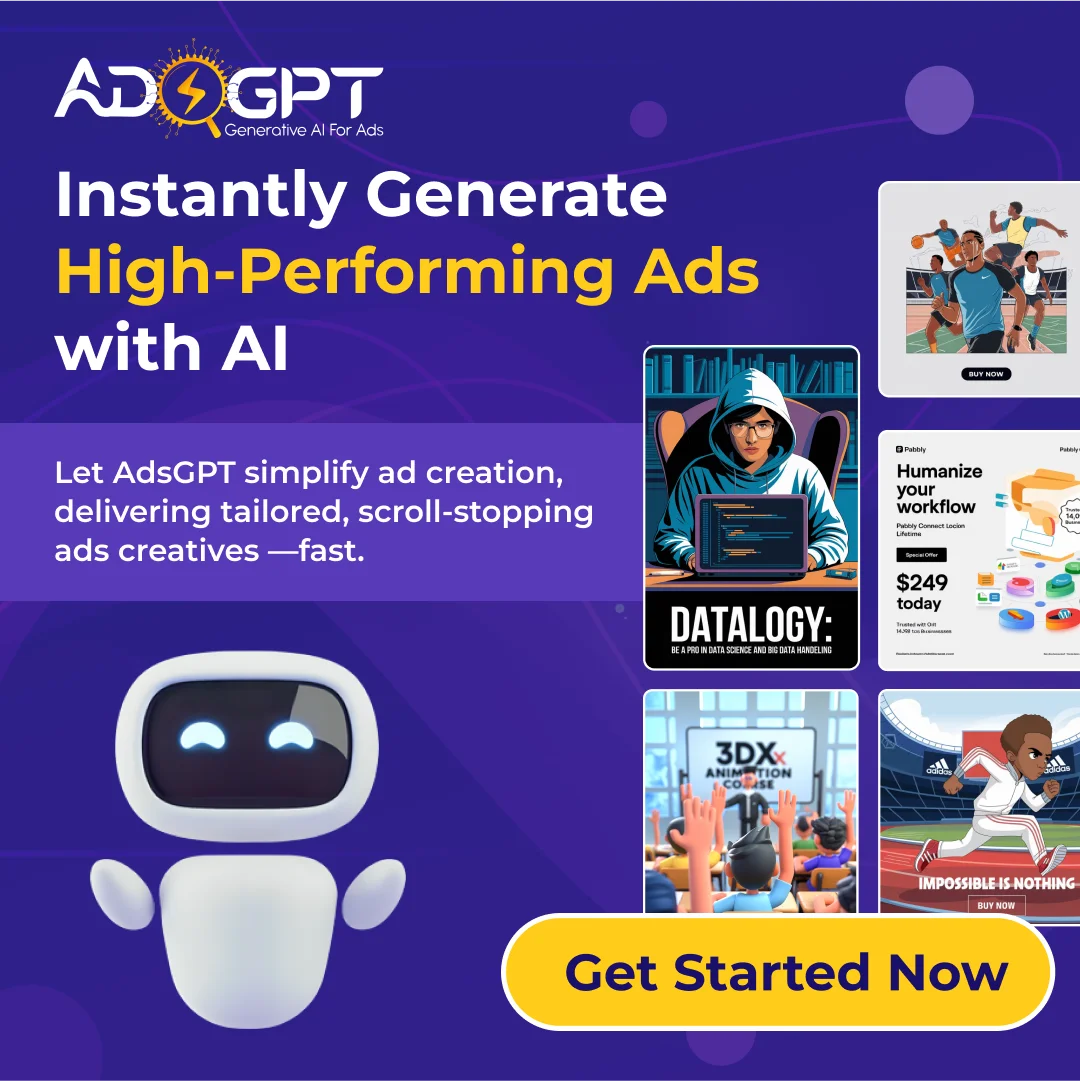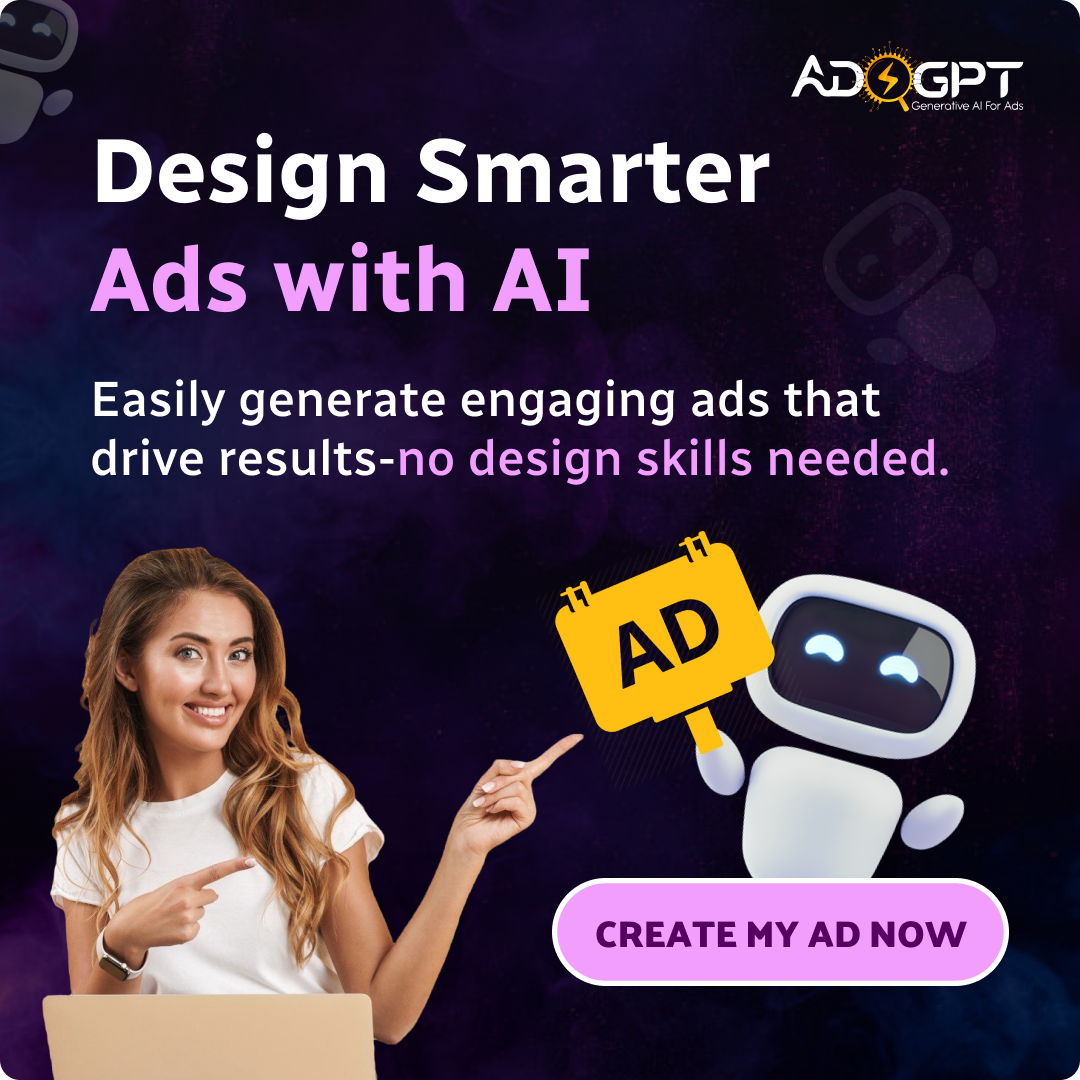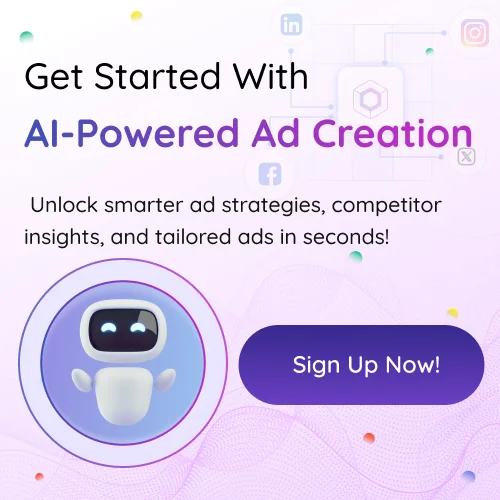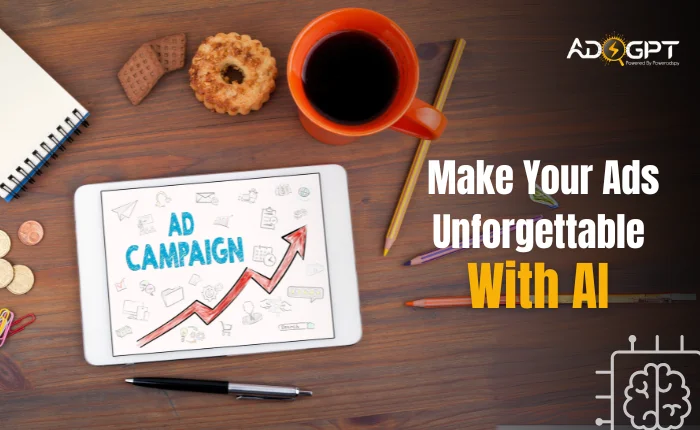
Creative ad design is more critical than ever in today’s highly competitive advertising landscape. It’s no longer just about having eye-catching visuals; it’s about crafting innovative ideas that resonate with your audience, capture their attention, and drive meaningful engagement. Successful ad campaigns require a blend of creativity, strategy, and an in-depth understanding of your audience’s needs and desires.
In this guide, we’ll delve into the fundamentals of creative ad design, offering insights and strategies to elevate your ad campaigns and help them stand out in a crowded market. We’ll address common challenges you might face and provide practical solutions to overcome them, ensuring your ads are not only visually appealing but also highly effective in driving results.
Understanding Creative Ad Design
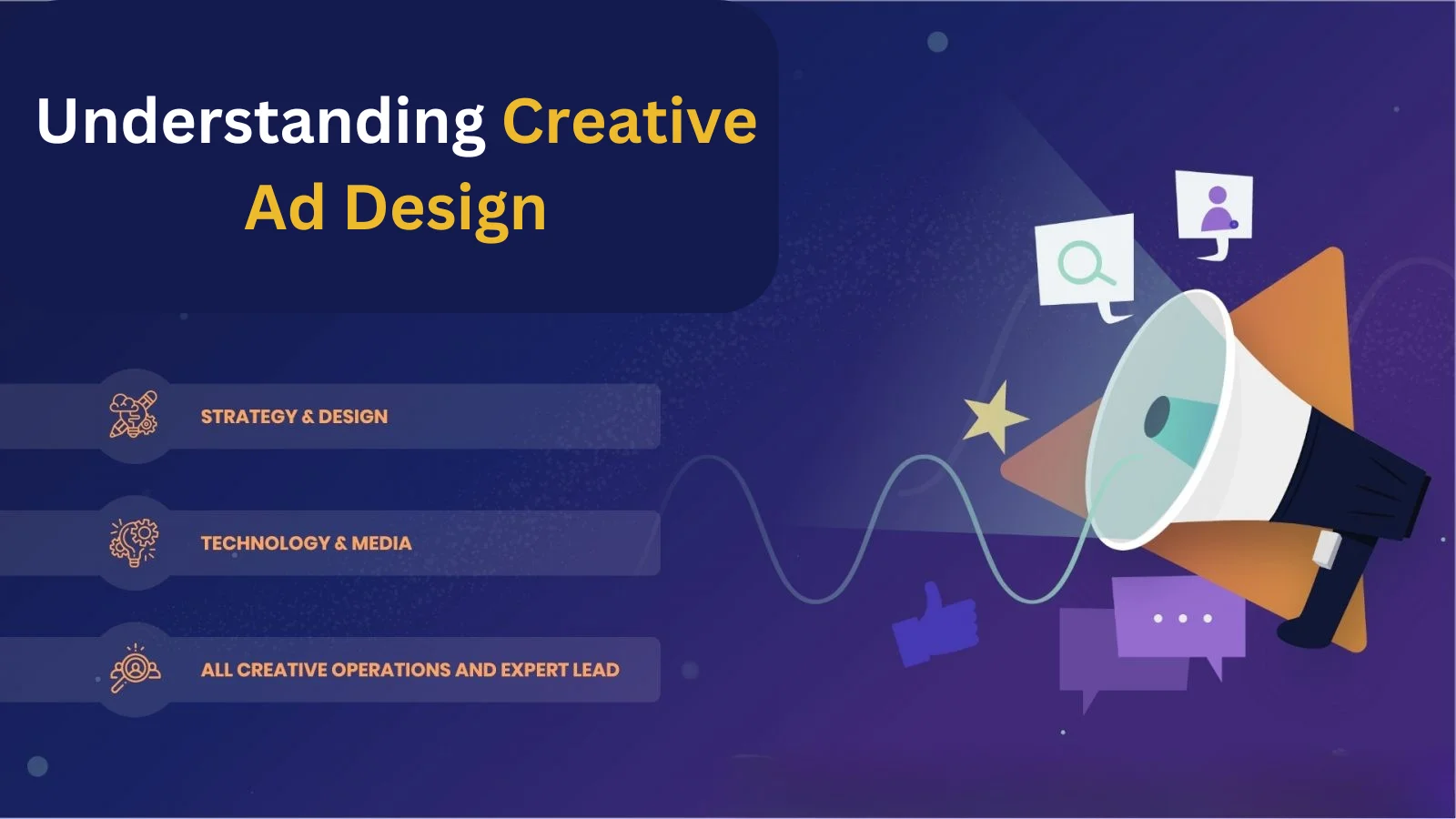
Creative advertising design is about crafting ads that capture attention and resonate emotionally with audiences. It goes beyond simple aesthetics, focusing on delivering messages in unique and compelling ways. Through striking visuals, storytelling, and innovative concepts, creative ads stand out and leave a lasting impression.
In today’s competitive market, creative ad design is crucial for brands looking to differentiate themselves. A well-crafted ad not only conveys the brand’s message but also sparks emotions, fosters connections, and encourages engagement. This is why understanding the key principles of creative ad design is essential for any successful advertising campaign.
What Are The Sources Of Inspiration?

Finding inspiration for creative advertising ideas can be both exciting and challenging. Drawing from diverse sources can spark fresh ideas and lead to innovative ad campaigns:
- Successful Campaigns: Study successful ad campaigns from different industries. Analyze what made them effective—whether it’s the visual style, messaging, or emotional appeal.
- Current Trends: Stay updated with the latest trends in creative ad design tools. Platforms like Behance, Dribble, and Pinterest are excellent for discovering cutting-edge designs.
- Art and Culture: Look beyond the advertising world. Art, literature, and cultural movements can provide a rich source of inspiration. Attend exhibitions, read books, or explore different cultural expressions.
- Competitor Analysis: Observing your competitors can also spark ideas. Analyze their ads to understand what works and what doesn’t, and think about how you could improve upon or differentiate your approach.
- Customer Insights: Understanding your audience’s preferences and behaviors can guide your creative ad strategies. Surveys, focus groups, and data analytics can offer valuable insights.
In combination, these sources can help generate truly creative ads that capture attention and drive engagement.
Key Elements Of Creative Ad Design
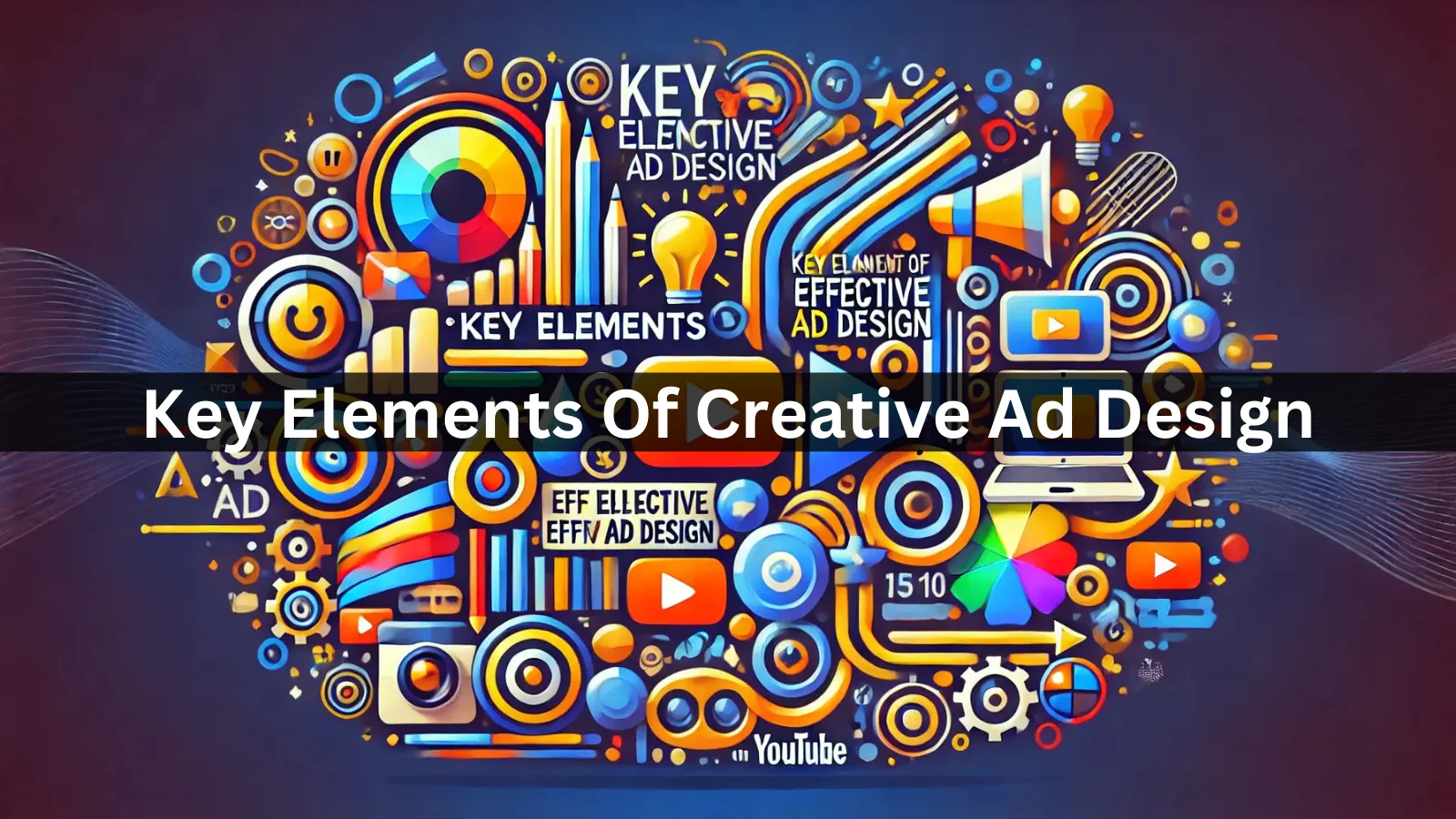
To create a compelling creative ad design, it’s essential to focus on several key elements:
- Color: The use of color can evoke emotions and set the tone for your ad. Colors should align with the brand’s personality and messaging. For example, warm colors like red and orange can create a sense of urgency or excitement, while cool colors like blue and green can convey calmness and trust.
- Typography: Choosing the right fonts is critical for readability and reinforcing the brand’s identity. Typography should complement the overall design and enhance the message being conveyed. Experiment with different font styles and sizes to find the perfect balance.
- Imagery: Eye-catching visuals are at the heart of creative advertising design. High-quality images or illustrations should be relevant to the ad’s message and resonate with the target audience. Unique and relatable visuals can significantly boost engagement.
- Messaging: The ad message should be clear, concise, and compelling. Craft a strong headline and supporting text that communicates the key points effectively. The message should be aligned with the visual elements and overall ad goal.
- Layout: A well-structured layout ensures that all elements work together harmoniously. Use grids, alignment, and negative space to create a balanced and visually appealing composition. A good layout guides the viewer’s attention and enhances readability.
By understanding and applying these key elements, you can create creative ads that capture attention and drive meaningful engagement.
What Are The Steps To Create An Outstanding Ad?
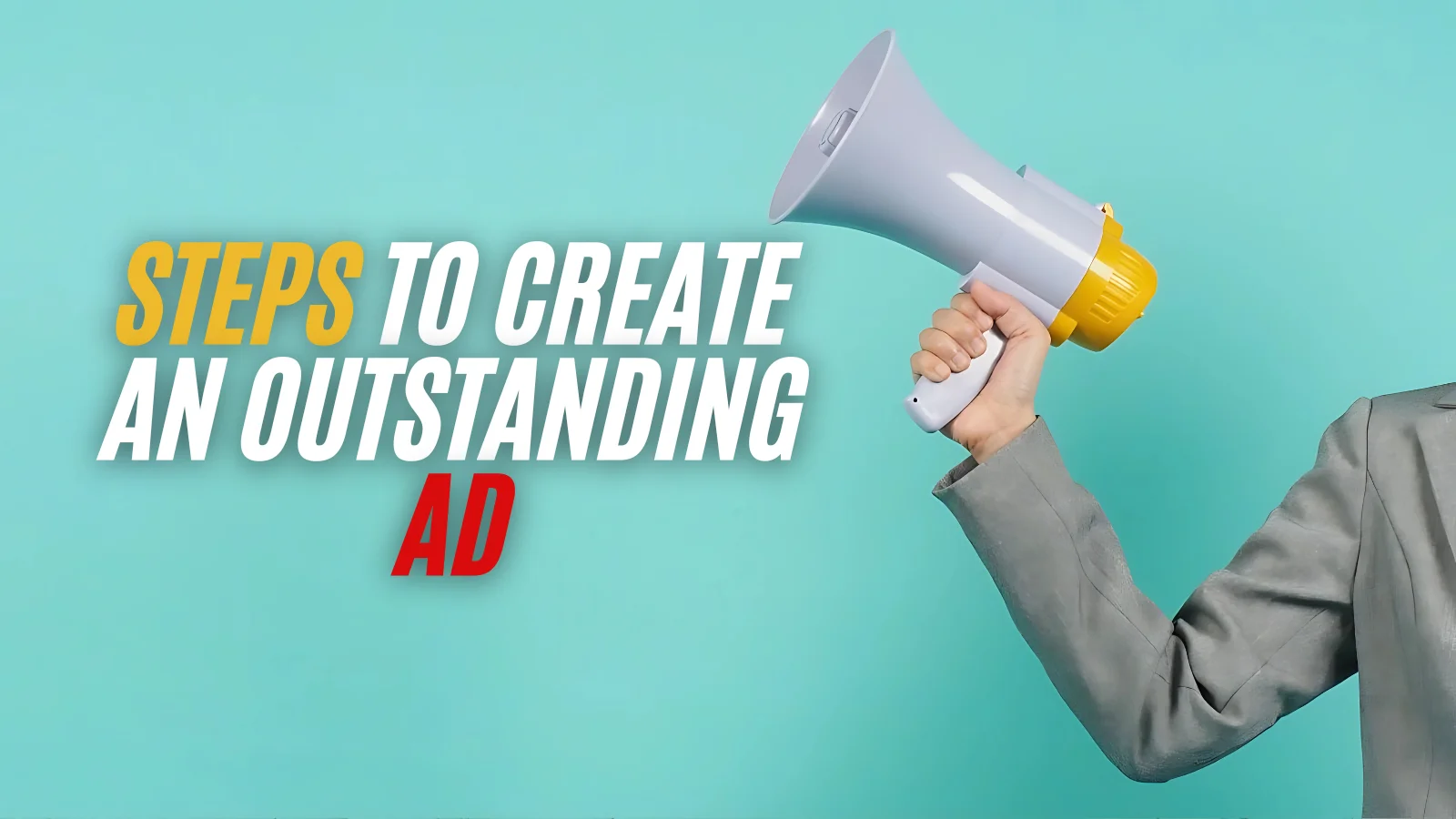
Creating an outstanding ad involves a series of well-thought-out steps. Here’s a structured approach to guide you:
- Understand Your Objective: Start by defining the purpose of your ad. Are you looking to increase brand awareness, drive sales, or promote a new product? Clear objectives will guide the messaging and design choices.
- Know Your Audience: Research and understand your target audience. Identify their preferences, behaviors, and pain points. Tailoring your creative ad design to resonate with your audience is key to effective communication.
- Brainstorm Creative Ideas: Gather your team for a brainstorming session. Think outside the box and explore various creative advertising ideas. Aim for concepts that are unique, memorable, and aligned with your brand values.
- Develop a Compelling Message: Craft a strong headline and supporting text. Your message should be clear, concise, and compelling, addressing the needs and interests of your audience.
- Design the Visual Elements: Focus on the visual components of your ad, including color, typography, and imagery. Ensure that these elements work together harmoniously to create a cohesive and attractive design.
- Create a Mockup: Develop a mockup of your ad to visualize how all elements will come together. This step allows for identifying and making necessary adjustments before finalizing the design.
- Test and Gather Feedback: Before launching your ad, test it with a small segment of your audience. Gather feedback to identify potential improvements. This step ensures that your ad is well-received and effective.
- Optimize and Finalize: Based on the feedback, make necessary adjustments to enhance the ad’s performance. Once optimized, finalize the design and get ready for launch.
- Launch and Monitor: After launching your ad, closely monitor its performance. Use analytics to track engagement, conversions, and other key metrics. Continuous monitoring allows you to make data-driven adjustments for better results.
By following these steps, you can generate ad creatives that stand out and drive meaningful engagement with your audience.
Common Pitfalls & How To Avoid Them
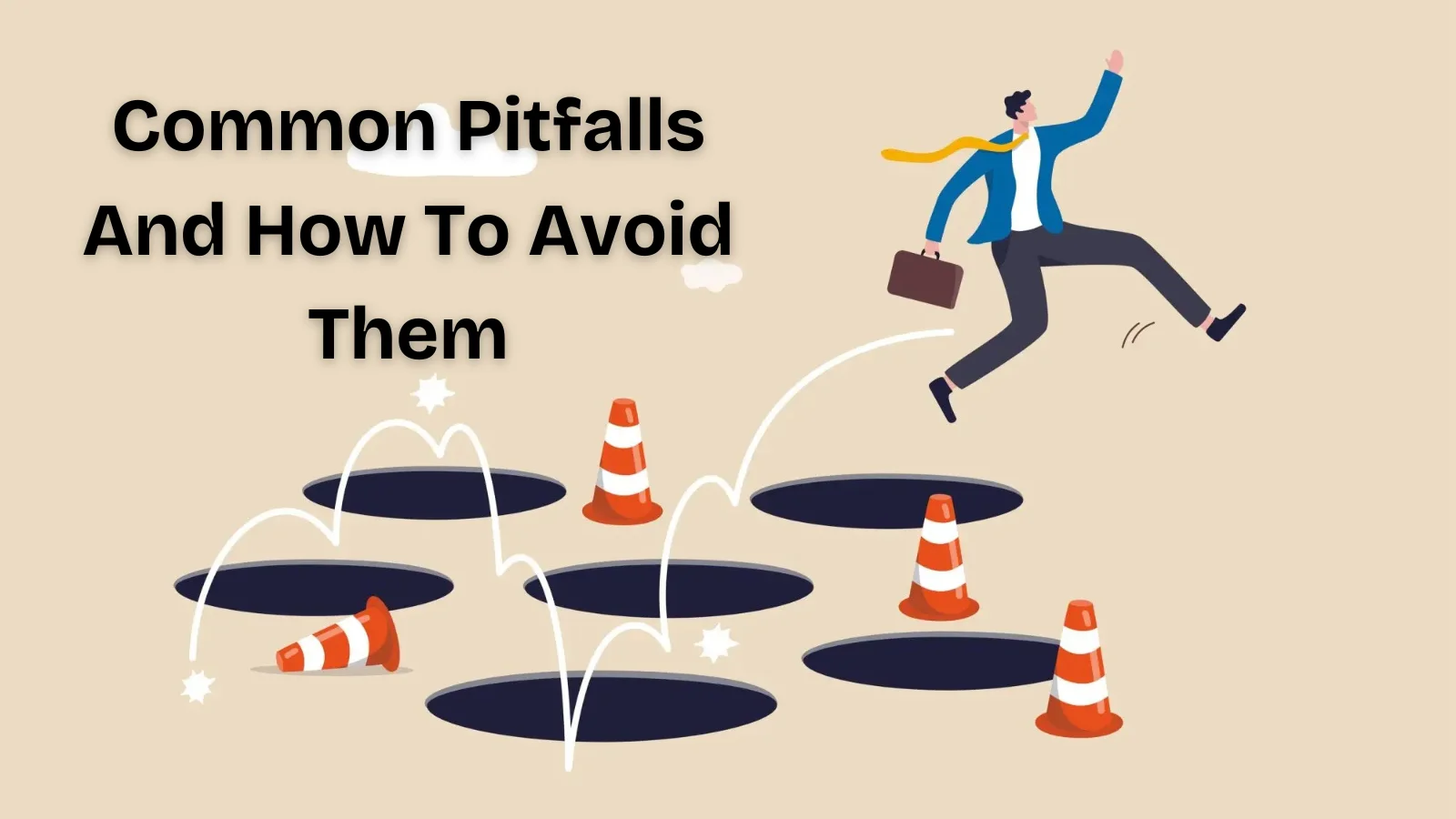
In the realm of creative advertising design, several common pitfalls can hinder the success of your ad campaigns. Here’s a look at these challenges and how to overcome them:
-
Lack of Originality
One of the biggest pitfalls is creating ads that lack originality. It’s easy to fall into the trap of reusing old ideas or following trends without adding a unique touch.
Solution: Utilize tools and platforms that provide AI-driven insights to generate fresh, creative advertising ideas by analyzing data from various successful campaigns, and suggest unique approaches to make your ads stand out.
-
Poor Targeting
Creating creative ads that don’t resonate with the intended audience often leads to wasted resources and poor performance.
Solution: Use AI-powered tools, which can analyze target audiences’ preferences and behaviors to help craft digital ad creatives tailored to specific audiences, ensuring higher engagement and better results.
-
Over-complicated Design
Sometimes, in an attempt to be creative, ads can become too complex, confusing the audience rather than engaging them.
Solution: Employ user-friendly design tools with pre-built templates that guide you in creating visually appealing yet straightforward ads, ensuring your message is clear and impactful.
-
Ineffective A/B Testing
Many advertisers struggle with properly testing their ads to determine which version performs best.
Solution: Leveraging automated A/B testing capabilities allows you to efficiently compare different ad creatives, providing data on what works and what doesn’t, enabling optimization for maximum performance.
-
Inadequate Performance Analysis
Not tracking and analyzing ad performance can lead to missed opportunities for improvement.
Solution: Comprehensive performance analytics can help you monitor key metrics and make data-driven adjustments, ensuring your ads continuously perform at their best.
Despite best practices, creating ad copy can come with challenges, such as writer’s block, ensuring consistency, or maintaining creativity over time. This is where advanced tools like AdsGPT can make a significant impact.
Elevate Your Creative Ad Design with AdsGPT
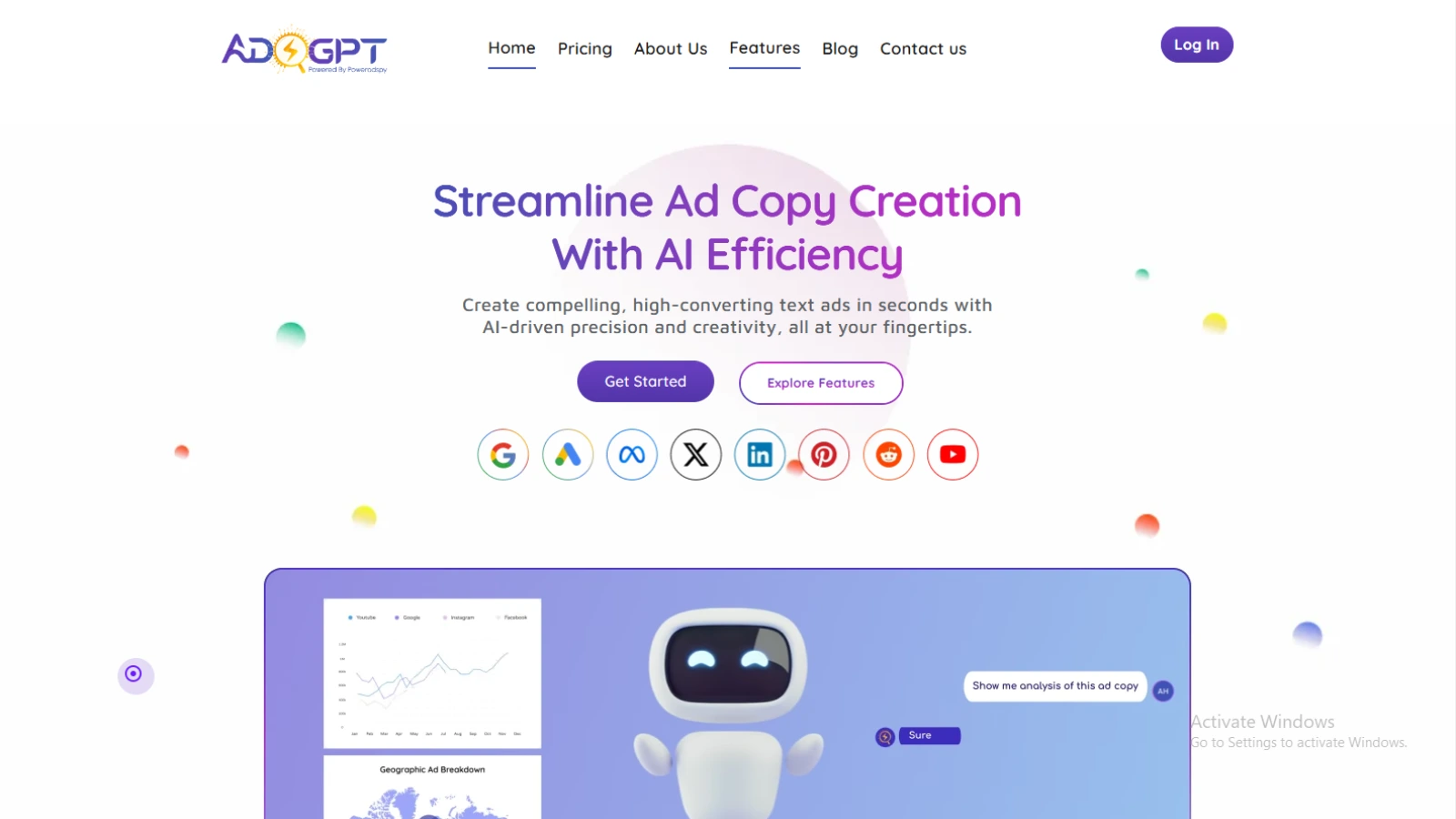
AdsGPT is an innovative AI-driven platform designed to streamline the ad copy creation process. Here’s how it can help:
- AI-Powered Insights: AdsGPT’s advanced AI dives deep into data analysis, offering unique creative advertising ideas tailored to your brand and audience. By recognizing trends, consumer behavior, and industry standards, AdsGPT ensures your creative ads stand out.
- Data-Driven Insights: AdsGPT analyzes performance data to recommend the most effective copy variations, allowing you to optimize your campaigns continuously.
- Comprehensive Performance Analytics: AdsGPT’s analytics dashboard tracks your ad campaigns’ performance in real time. By providing insights into key metrics such as engagement, click-through rates, and conversions, AdsGPT enables data-driven decisions to optimize campaigns for maximum impact.
- Seamless A/B Testing: Testing different ad variations is crucial for finding the most effective creative advertising design. AdsGPT’s automated A/B testing efficiently compares multiple ad copies, helping you identify and implement the best-performing ones.
By leveraging these powerful features, AdsGPT empowers you to create innovative ads that captivate audiences and drive meaningful engagement. Elevate your creative ad design process and unlock your brand’s full potential with AdsGPT.
Conclusion
Creative ad design is key in today’s advertising world. By following the principles and steps we’ve outlined, you can craft ads that stand out and resonate with your audience. Whether you’re looking for creative advertising ideas, generating ad creatives, or using an ad creative generator, the right mix of creativity and strategy will make your ads truly memorable.
Keep pushing the boundaries and exploring new ideas. With advanced tools and a creative mindset, your ad campaigns will capture attention and drive meaningful engagement. Embracing AI creative ads can further revolutionize your approach, making your ads even more innovative and effective.

